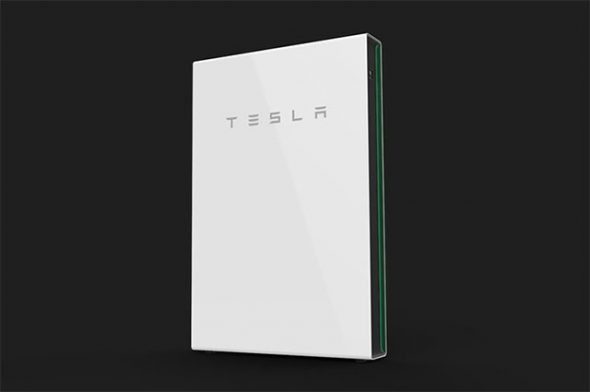Tesla is no doubt throwing all its efforts at ramping up production of its electric vehicles sales, particularly the Model 3, as it seeks to allay concerns about production, and stop the drain in cash resources and finally move to profitability.
The efforts look like paying off, at least in the short term, with Tesla delivering a record 83,500 vehicles in the latest quarter, including 53,239 Model 3 EVs. Time will tell whether that effort is sustainable.
But it is having an impact elsewhere, most particularly for customers of the Powerwall 2 battery storage system. In Australia, the battery storage systems are already difficult to obtain, as battery production focuses on EVs, and now consumers will be facing a significant price hike, which could translate into hikes of up to $2,000.
Tesla has advised installers that the price of the Powerwall 2 facility will jump significantly, both for the battery itself and because of a new version of the Gateway communications box.
The Gateway, which provides the electronic “smarts” for the battery, including its ability to continue delivering electricity when the rest of the network is done, appears to be the biggest hit to prices, with the dealer price more than doubling to $2,000 with the latest version.
The battery itself will cost around 10 per cent more to dealers, and this will all translate into an increased cost to the consumer.
Retail prices have yet to be updated by Tesla, but dealers say the price of the 13.2kWh system will likely jump from around $12,000 now to $14,000, depending on installation costs – which can vary.
It is the second price rise for the Tesla Powerwall 2, which stunned the industry when it was first released two years ago by effectively halving the price of battery storage in one fell stroke.
That price forced many other battery storage manufacturers to follow suit, and has meant that they have made little profits – Tesla included – although manufacturing efficiencies have led to reduce costs.
Meanwhile, Powerwall 2s are still difficult to get hold of. Tesla makes no secret that its focus for the moment is on the much higher-margin Model 3 production, and that means that the output from the so-called “gigafactory” is focused on car batteries, rather than household batteries.
“We’re kind of cell starved for Powerwall right now, so we actually had to artificially limit the number of Powerwalls because we don’t have enough cells,” founder and CEO Elon Musk said in August during his company’s most recent earnings call..
The lower production of the latter is leading to increased costs, and the lack of available systems is expected to continue for at least the next three months.







